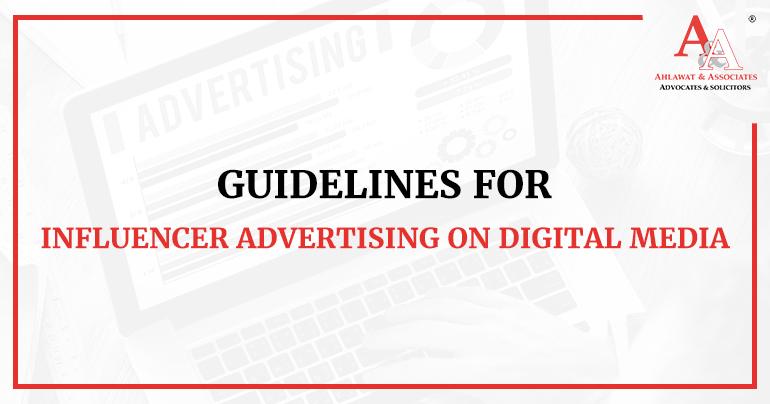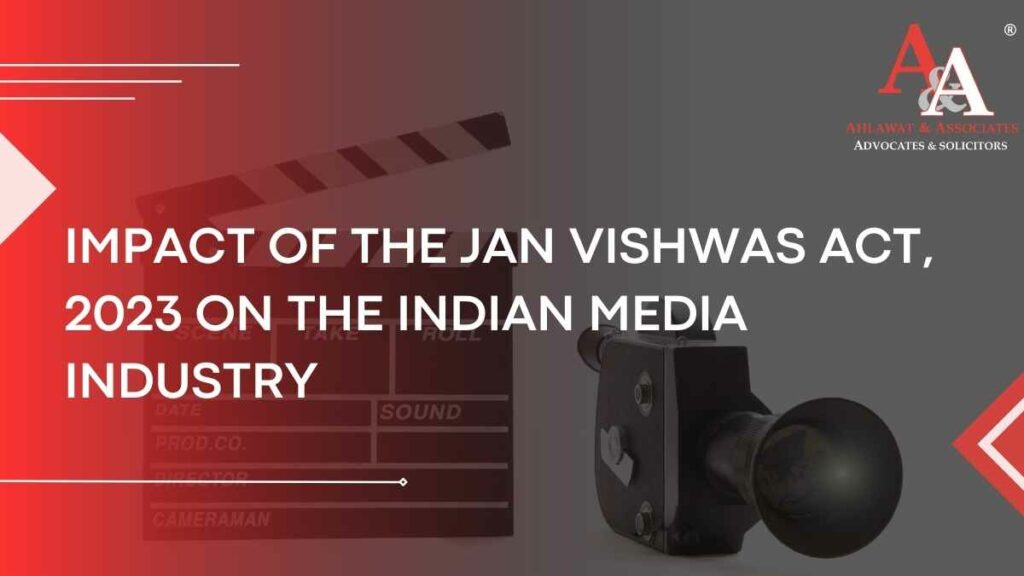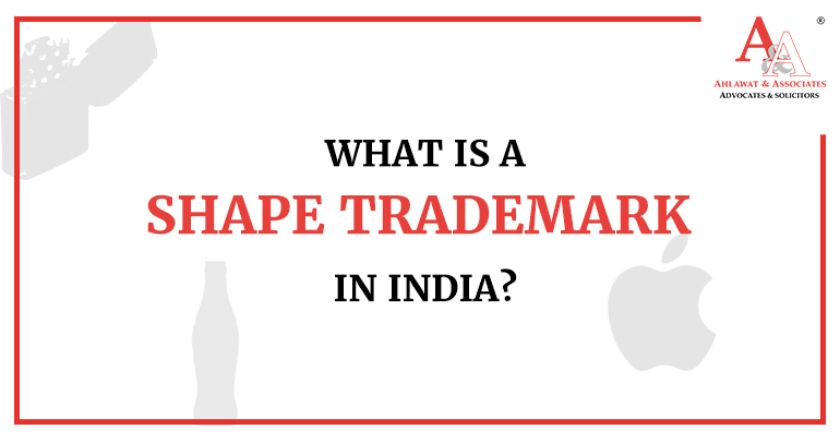
 A&A
A&A
 June 3, 2021
June 3, 2021
The Advertising Standards Council of India (ASCI) issued the guidelines for influencer advertising on digital media on May 27, 2021. The guidelines will apply to the commercial messages or advertisements published on or after 14th June 2021. The guidelines have been introduced with the aim of protecting the interest of consumers such that they must be able to distinguish when something is being promoted with an intention to influence their opinion or behaviour for an immediate or eventual commercial gain.
Do you need legal help with matters concerning media and entertainment? feel free to contact us for any concern you may have.
The guidelines elaborate on the scope of various terms referred thereunder, some of which are as follows:
An Influencer is someone who has access to an audience and the power to affect their audiences’ purchasing decisions or opinions about a product, service, brand or experience, because of the influencer’s authority, knowledge, position, or relationship with their audience.
Virtual influencers, are fictional computer-generated ‘people’ or avatars who have the realistic characteristics, features and personalities of humans, and behave in a similar manner as influencers.
A material connection is any connection between an advertiser and influencer that may affect the weight or credibility of the representation made by the influencer.
A material connection could include but is not limited to benefits and incentives, such as monetary or other compensation, free products with or without any conditions attached including those received unsolicited, discounts, gifts, contest and sweepstakes entries, trips or hotel-stays, media barters, coverage, awards or any family or employment relationship, etc.
The guidelines require that all advertisements published by social media influencers (or their representatives) on such influencers’ account must carry a disclosure label which identifies it as an advertisement. The guidelines provide a list of criteria to determine if a disclosure is required or not:
1. Disclosure is mandatory if there is any material connection between the advertiser and the influencer.
2. A material connection isn’t limited to monetary compensation. Disclosure is necessary if there is anything of value given to mention or talk about the Advertiser’s product or service.
3. Even if the evaluations (of the product or service) are unbiased, disclosure would be required if there is a material connection between an advertiser and an influencer.
The guidelines list out some standards to be adhered to which putting up disclosures on advertisements:
1. It should be placed in an easily visible manner. A consumer might miss the disclosures if they appear only on an ABOUT ME or profile page, or bios, at the end of posts or videos, or anywhere that requires a person to click on MORE.
2. Disclosure should not be between a group of hashtags or links.
3. If the advertisement is only a picture or video post (without accompanying text), the disclosure label needs to be superimposed over the picture/video.
4. In live streams, the disclosure label should be announced at the start and the end of the broadcast. If the post is going to be visible after the live stream, appropriate disclosure must be added to the text/caption.
5. In the case of audio media, the disclosure must be clearly announced at the starting and the end of the audio, and before and after every break that is taken in between.
The guidelines also specify the disclosures which can be used by the influencers as well as the means of such disclosure:
1. The disclosure labels which have been permitted by the ASCI are - Advertisement, Ad, Sponsored, Collaboration, Partnership, Employee and Free gift. The influencer is free to use any one or more labels from this list.
2. The disclosure should be in English or the language of the advertisement itself i.e. in a way that is easy for an average consumer to understand.
We have not only experienced rapid growth and boom of human influencers but also virtual influencers in the recent past. In such virtual influencers, the guidelines specify that they must additionally disclose to consumers that they are not interacting with a real human being.
The responsibility of disclosing the material connection and the content of the advertisement is upon the advertiser as well as upon the influencer who is promoting it. The guidelines clarify that where there is a material connection with the Influencer, it will be the Advertiser’s responsibility to ensure that the advertisement is in compliance with the ASCI Code and these guidelines.
On the other hand, the influencer shall be specifically responsible for making the disclosures specified under the guidelines. The Advertiser is also placed under a responsibility to call upon the influencer to delete or edit any advertisement or the disclosure label in adherence to the ASCI Code or the guidelines.

The Cinematograph Act, 1952 (“Cinematograph Act”) and Cable Television Networks
View More
The association and distinguishment of source of goods and/or services through visible marks is not recent
View More
A trademark traditionally (in India as well as in other countries) is viewed as a two-dimensional (“2D”) visual
View More















 Cookies Consent
Cookies ConsentWe use cookies to help you navigate efficiently and perform certain functions. You will find detailed information about all cookies under each consent category below. Read more...
 Cookies Consent
Cookies ConsentWe use cookies to help you navigate efficiently and perform certain functions. You will find detailed information about all cookies under each consent category below. Read more...


Comments
Post A Comment
Your email address will not be published *